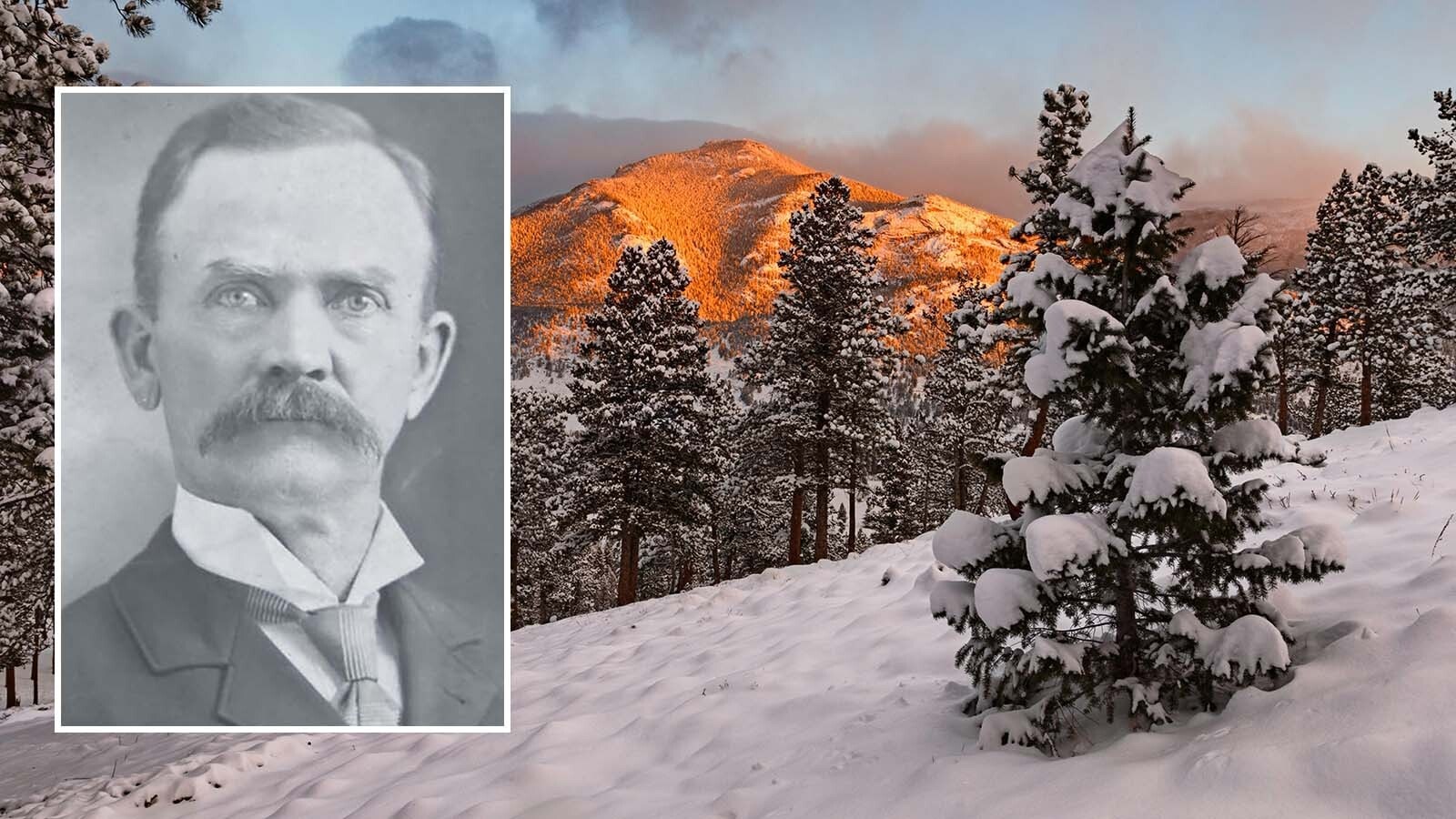On May 13, 1846, after being advised two days earlier by President James K. Polk that the Mexican army had violated American territory along the Rio Grande, the United States Congress declared war on Mexico, earmarking ten million dollars and fifty thousand army troops for the effort. Less than one month later a command known as the “Army of the West” was organized and dispatched to New Mexico and California.
Within days of the declaration of war, Colonel Stephen Watts Kearny, in charge of the 1st United States Dragoons stationed at Fort Leavenworth, Missouri, was ordered to command the new army that would consist of elements of his dragoon regiment and volunteer forces. Recruits were drawn from the Mormon companies that were already traveling somewhere on the Great Plains on their way to the Great Salt Lake (the famed Mormon Battalion). Additionally, ten companies of Missouri volunteers--eight of infantry and two of artillery--were organized and placed at Kearny’s disposal.
In late June, Kearny rode out of Fort Leavenworth, accompanied by a mixed command of 1,658 men, including three hundred troopers of his own 1st Dragoons, 856 riflemen of the 1st Regiment of Missouri Mounted Volunteers, 250 artillerymen from St. Louis, 145 infantrymen from Missouri, and 107 Laclede Rangers from St. Louis. Traveling with the soldiers were 3,658 mules, 14,904 cattle, 459 extra horses, 1,556 wagons, twelve six-pounder cannons, and four twelve-pounder howitzers. The army’s first destination, after picking up the Santa Fe Trail, was Bent’s Fort, located 537 miles to the west along the Arkansas River in present-day southeastern Colorado.
The journey to Bent’s Fort, although extremely hot and dry, progressed largely without incident. In late July, as lead elements of the army approached the trading post, mountain man Thomas “Broken Hand” Fitzpatrick delivered to Kearny a letter from New Mexico’s governor, Manuel Armijo, advising that the American invasion of Mexican territory would be opposed vigorously.
On August 2, when Kearny and the army broke camp at Bent’s Fort, crossed the Arkansas River, and headed southwestward toward Raton Pass, they knew they were violating Mexican territory, and the battle-trained colonel ordered his men to be doubly alert.
Raton Pass, separating present-day Colorado and New Mexico, was crossed uneventfully and on August 14, the Army of the West approached the small New Mexican village of Vegas (present-day Las Vegas, New Mexico), located about 60 miles from Santa Fe. Reports were soon received that 600 Mexican soldiers were encamped in a pass two miles away, fully prepared to defend it.
Kearny, in the meantime having been promoted to brigadier-general, addressed the villagers and guaranteed to them that the American army had no hostile intentions toward the public and that American rule would be far more tolerable than that under which they had lived.
The defending Mexican army never appeared in the pass allowing Kearny and his troops to make their way to San Miguel, where again, rumors were flying, this time that a 1,000-man Mexican army was ready to attack the Americans in nearby Apache Pass.
The American soldiers--unaware that Kearny, through the diplomacy of Santa Fe trader James Wiley Magoffin and Captain Philip St. George Cooke, had secretly negotiated with Governor Armijo several days earlier to give up his defensive plans--were baffled when they approached the pass on August 18 and found no enemy army there. Armijo had deserted his position and fled to Mexico, leaving the perplexed Army of the West to ride unopposed into Santa Fe later the same evening
Following the peaceful occupation of Santa Fe, General Kearny prepared for the second half of his mission--the winning of California. Before leaving the New Mexican capital, however, he directed the building of fortifications upon a neighboring hill. They would be named Fort Marcy, in honor of Secretary of War William L. Marcy. Just prior to departing for California, Kearny appointed several Americans and Mexicans with American sympathies to posts of authority, including Charles Bent as governor.
On September 25, Kearny and 300 of his 1st Dragoons left Santa Fe for the Pacific coast. He was soon followed by the Mormon Battalion, under the command of Captain Cooke. The 1st Missouri Volunteers, commanded by Colonel Alexander W. Doniphan, remained in Santa Fe until they were relieved by the 2nd Missouri Volunteers led by Colonel Sterling Price. Doniphan then marched to Chihuahua, Mexico, where his regiment became part of General Jonathan E. Wool’s army. Half of the artillery accompanied Doniphan to Chihuahua and the remainder stayed in Santa Fe.
Marching westward along the Gila River in present-day southern Arizona, Kearny’s army crossed the Colorado River into California on November 25. For the next several days the column crossed the unforgiving desert, pestered by extreme heat, lack of water, dying mules and horses, and marauding wolves.
On December 6, at a small village called San Pasqual, the remnants of the Army of the West held off Mexican troops, but not before losing 31 men dead and disabled, among them General Kearny who suffered serious wounds. Mexican-American hostilities ceased in California on January 8, 1847, when the army resisted an enemy attack along the San Gabriel River, near Los Angeles.
The life of the Army of the West was brief. From its establishment in early June, 1846, until its demise following the American victory at Los Angeles in January, 1847, its members had traveled hundreds of miles--from Fort Leavenworth, Missouri, all the way to southern California--against grueling, sometimes almost impossible, odds. The organization’s impact on the American conquest of the Southwest cannot be overstated.
CAPTIONS:
1.
2. Lieutenant James W. Abert’s (1820-1897) painting of Bent’s Fort, executed in 1845. (from Through the Country of the Comanche Indians.)
3. Raising the American flag above the Palace of the Governors in Santa Fe on August 18, 1846. (from The Military Occupation of New Mexico, 1846-1851 by Ralph Emerson Twitchell.)





